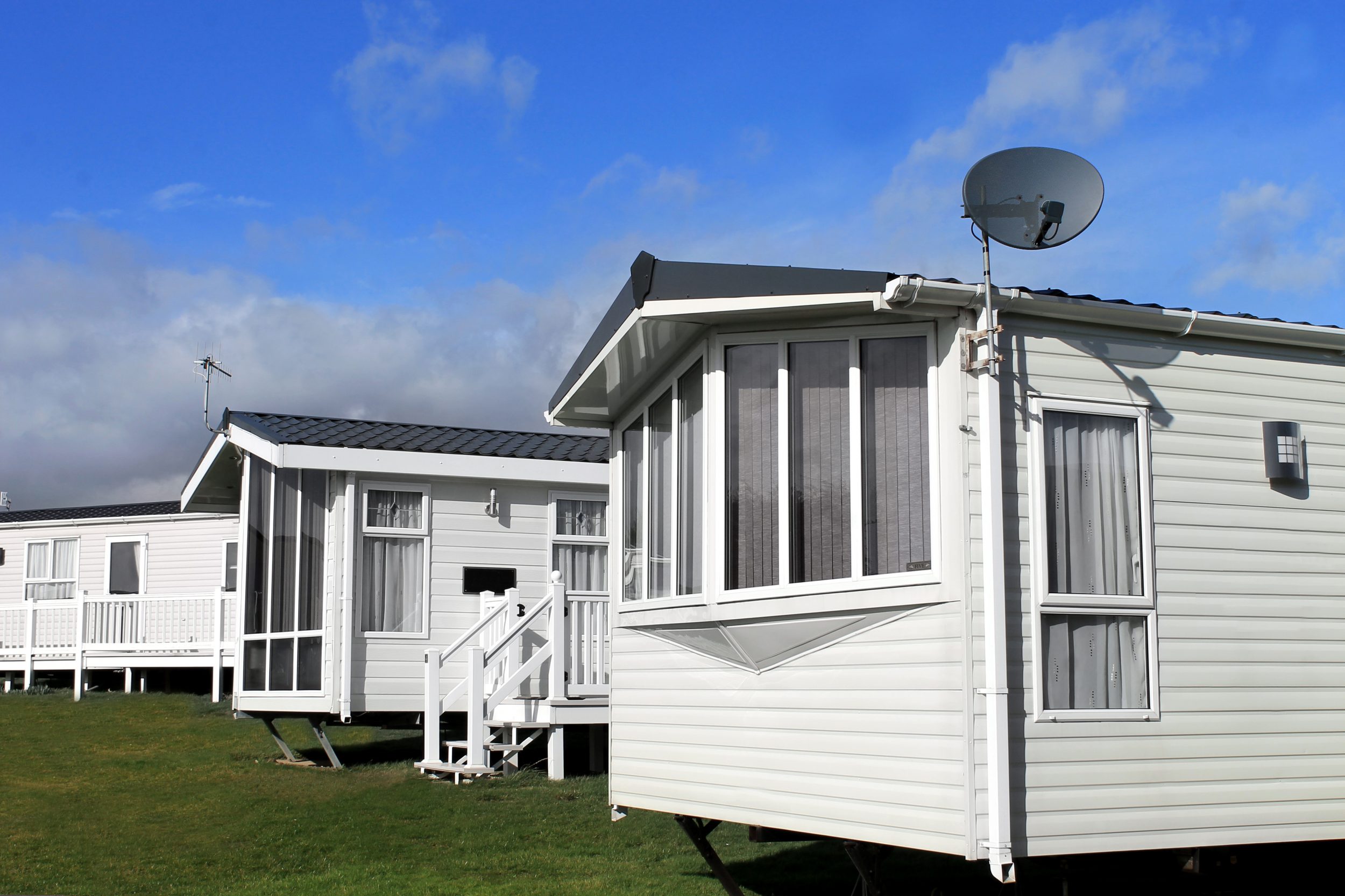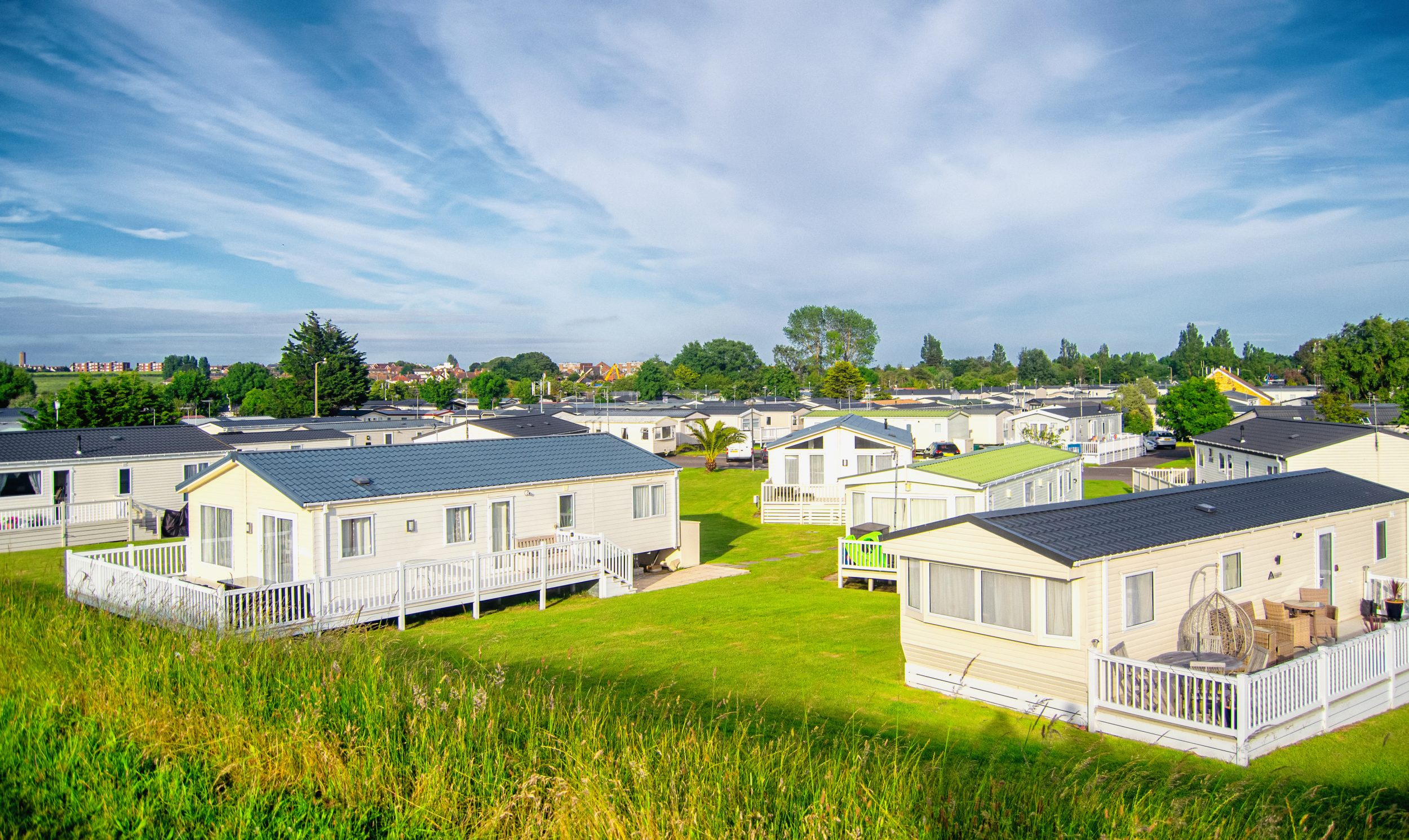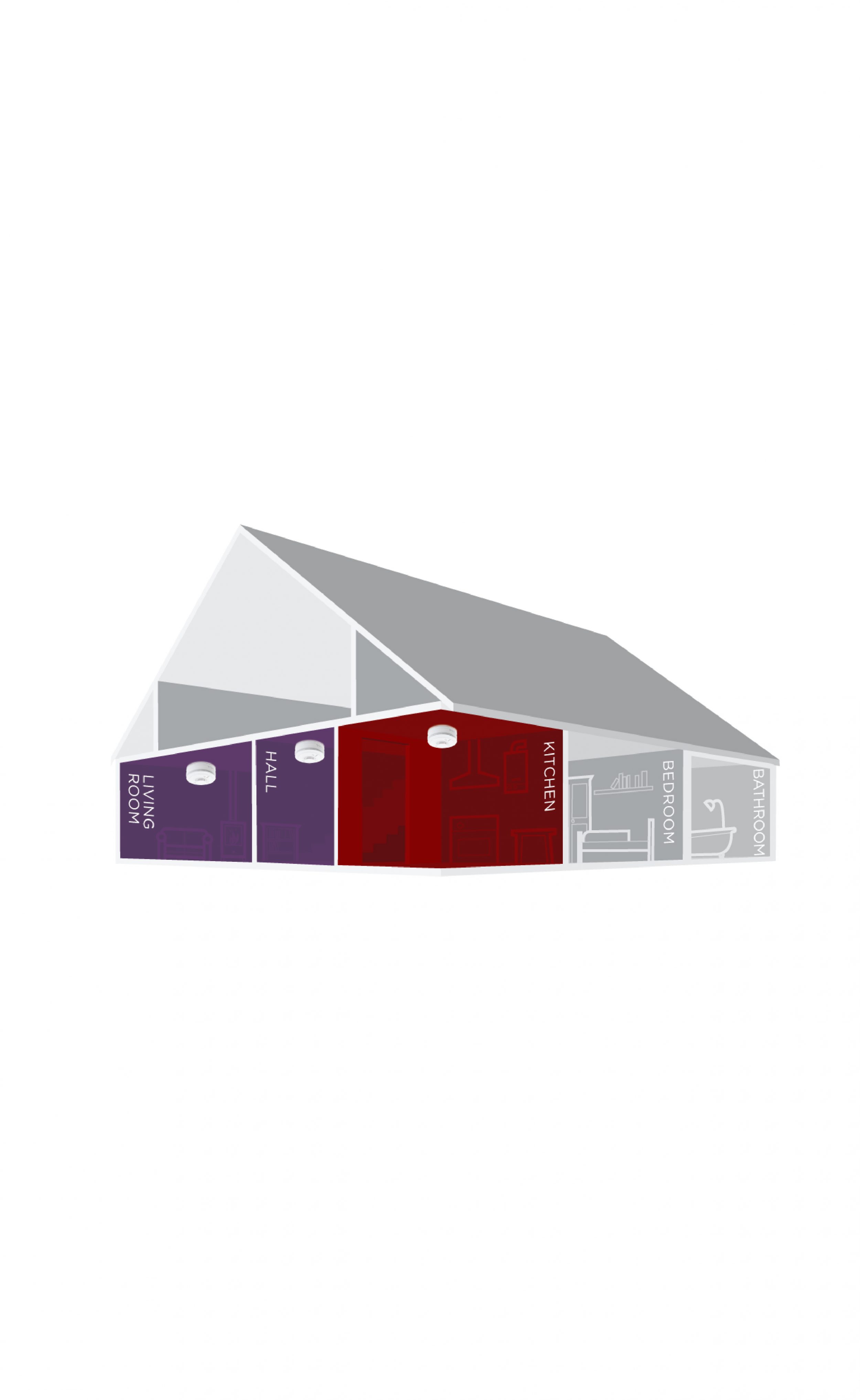
Fire Detection and Fire Alarm Systems in Holiday Caravans and Park Homes
This guidance note, which is written primarily for holiday caravan and park home manufacturers, supersedes all previous NCC guidance on fire detection and fire alarm systems in holiday caravans and park homes.
Holiday caravans (manufactured in accordance with BS EN 1647 – and park homes in the form of leisure lodges (manufactured in accordance with BS 3632) – used for holiday letting purposes fall under the scope of fire safety legislation.
Park homes (manufactured in accordance with BS 3632) used for residential purposes fall under the scope of BS 5839-6 Code of practice for the design, installation, commissioning and maintenance of fire detection and fire alarm systems in domestic premises.

